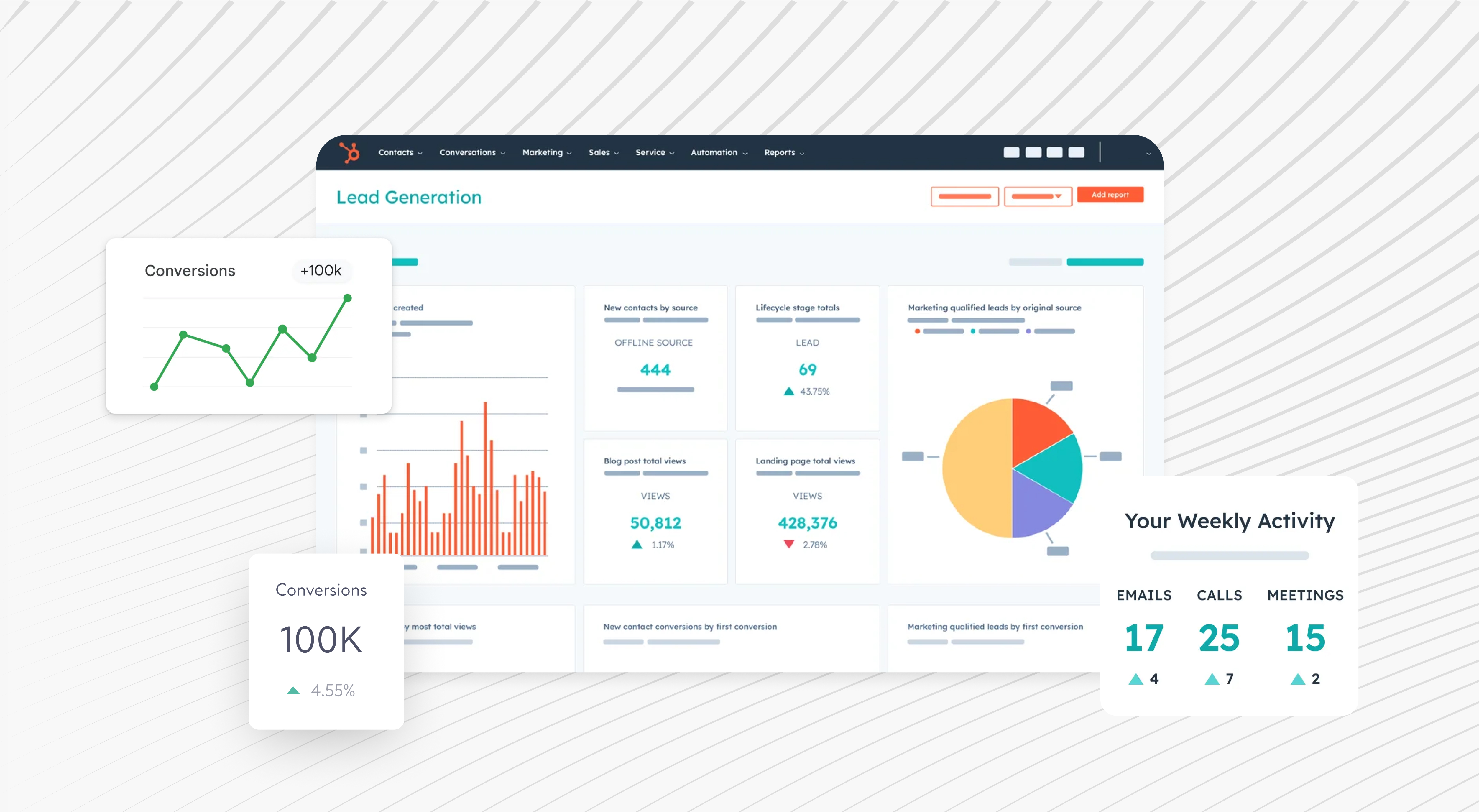Demand Gen vs Lead Gen: Why Most B2B Companies Are Missing 95% of Their Market
Demand Gen vs Lead Gen: Why Most B2B Companies Are Missing 95% of Their Market
Most B2B companies have this down to a science: Set up PPC campaigns, optimize contact forms, write some blogs, and watch the leads roll in. It's clean, trackable, and makes CFOs happy because the ROI is crystal clear.
But here's what they're missing — 95% of their addressable market has never heard of them.
While you're busy capturing the 5% actively searching for solutions, your competitors might be building relationships with the other 95%. That's the difference between lead generation and demand generation, and it's costing you more than you think.

Lead Generation: Fishing Where Everyone Else Is Fishing
Lead generation is reactive marketing. You're waiting for people to raise their hands and say, "I have this problem, and I'm ready to buy."
The strategy looks like this:
- Run targeted ads for high-intent keywords
- Create gated content to capture contact information
- Optimize landing pages for conversion
- Track everything from click to close
It works. It's measurable. It's also incredibly competitive because everyone's fighting over the same small pool of ready-to-buy prospects.
Demand Generation: Becoming the Category Owner
Demand generation flips the script. Instead of waiting for demand, you're creating it. You're not just capturing leads — you're building a brand that owns its category.
Think Nike doesn't just sell shoes — they own athletic excellence. Your SaaS product shouldn't just solve problems — it should define what the solution looks like.
Here's what demand generation actually does:
Educates your market before they know they need you. Most prospects are still in the problem-aware stage. They know something's wrong but haven't connected it to a solution you provide.
Builds brand affinity that shortens sales cycles. When prospects finally enter your funnel, they're not comparing you to three other vendors. They already see you as the authority.
Creates multiple touchpoints that compound over time. Someone might discover you through a YouTube video, subscribe to your content, see your LinkedIn posts, then finally convert months later when they're ready to buy.
The Attribution Challenge (And How to Solve It)
Here's where most leaders get stuck: "How do I measure something that doesn't directly generate leads?"
The key is building a robust attribution framework that tracks the full customer journey, not just the last click. You need to measure:
Cross-channel KPIs that include brand health metrics alongside lead metrics Engagement depth — time on site, pages per session, content consumption patterns Pipeline quality — not just lead volume, but how educated leads are when they reach sales
For example, we've seen this firsthand at ATAK. Years ago, we ran bottom-funnel SEO campaigns targeting specific dev-related keywords. Great rankings, minimal leads.
Recently, we've been creating YouTube content about HubSpot and Salesforce integration. Now prospects regularly join sales calls saying, "You're the guy from YouTube!" They're excited, educated, and ready to move fast.
The Timeline Reality

Demand generation requires patience, but it compounds. Here's what to expect:
Months 1-3: Focus on foundation building — SEO content, thought leadership pieces, establishing your voice in the market
Months 4-6: Start seeing organic search improvements and engagement metrics climb
Months 6-12: Notice qualified prospects mentioning your content during sales conversations
Year 2 and beyond: Watch as your "short-term" paid efforts get supported by long-term brand recognition
The magic happens when your demand generation efforts start feeding your lead generation campaigns. Your retargeting audiences get richer. Your organic search rankings improve. Your sales team fields calls from prospects who already understand your value.
Building Both Engines
Smart B2B companies don't choose between demand generation and lead generation — they layer them strategically.
Start with demand generation as your foundation. Build the SEO content, create the educational resources, establish thought leadership in your space. This gives you long-term growth potential while supporting everything else you do.
Then layer on lead generation for immediate results and morale. Use PPC, conversion optimization, and lead nurturing to capture demand as you're creating it.
The prospects who convert will be better educated, more qualified, and ready to close faster. Your sales team gets higher-quality leads. Your marketing team gets sustainable growth that doesn't rely entirely on ad spend.
The Bottom Line
Every business needs leads today. But the companies that dominate their markets tomorrow are the ones building demand today.
Stop fighting over the 5% who are ready to buy right now. Start building relationships with the 95% who will be ready eventually — and make sure when they are, they think of you first.
Ready to build a demand generation engine that actually drives revenue? ATAK helps B2B companies create marketing and sales systems that work together, not against each other. We build the tech, create the content, and optimize the processes that turn prospects into customers systematically.
Let's talk about your revenue engine.



